Springtime is great for wildlife. All critters great and small are in the mood for love and show it to the world. Walking with a long lens like a 500mm or longer is then a must. As the season moves on, things get quieter. Awfully quiet.
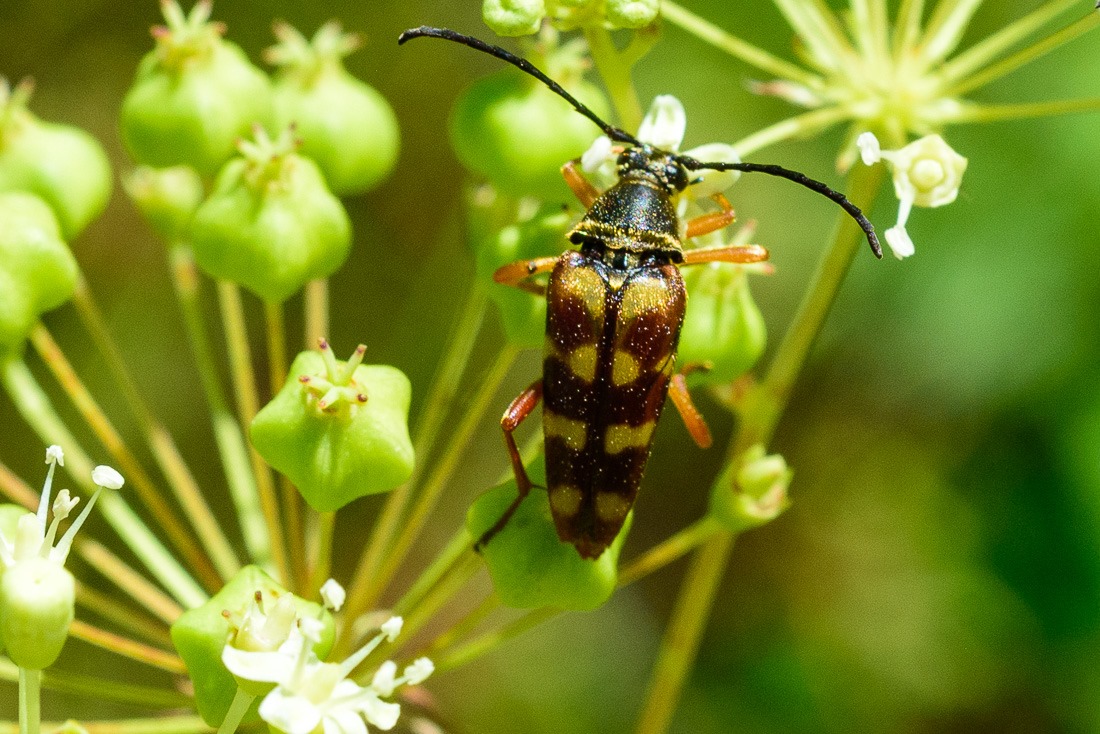
The birds are nesting in the most remote places they can find, out of sight, out of mind. The trees are fully covered in leaves and everything is quiet. You only see the odd bird out, looking for some food.
They are looking to feed the female and perhaps the young. They don’t stick around long enough to get out your camera, zoom in, focus and shoot. Some photographers might advise you to get a prime lens instead and cut out the zoom time, but then you’d have to move closer or away to get the same effect. That takes even more time.
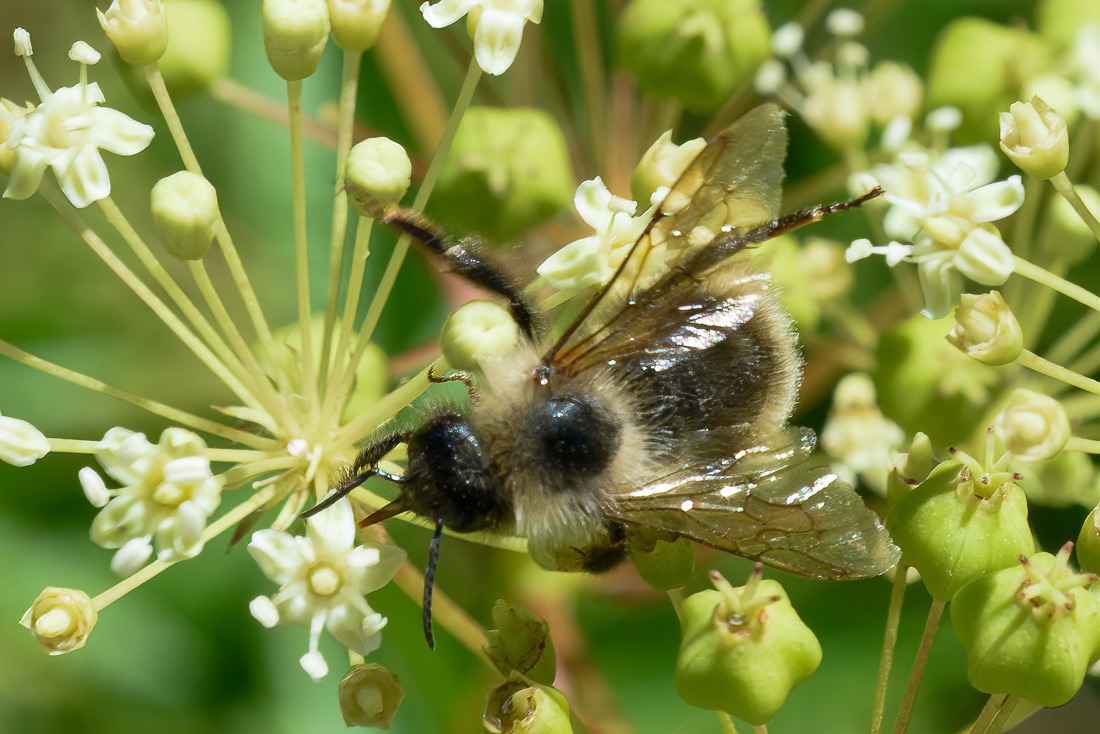
Bumblebee
Summertime is a desert for birds. You hear them, but you don’t see them. In order to still get pictures, it’s necessary to shift tactics. By now, it’s time to concentrate on the smaller things surrounding you. Concentrate on the subjects that are not too skittish and don’t move around much.
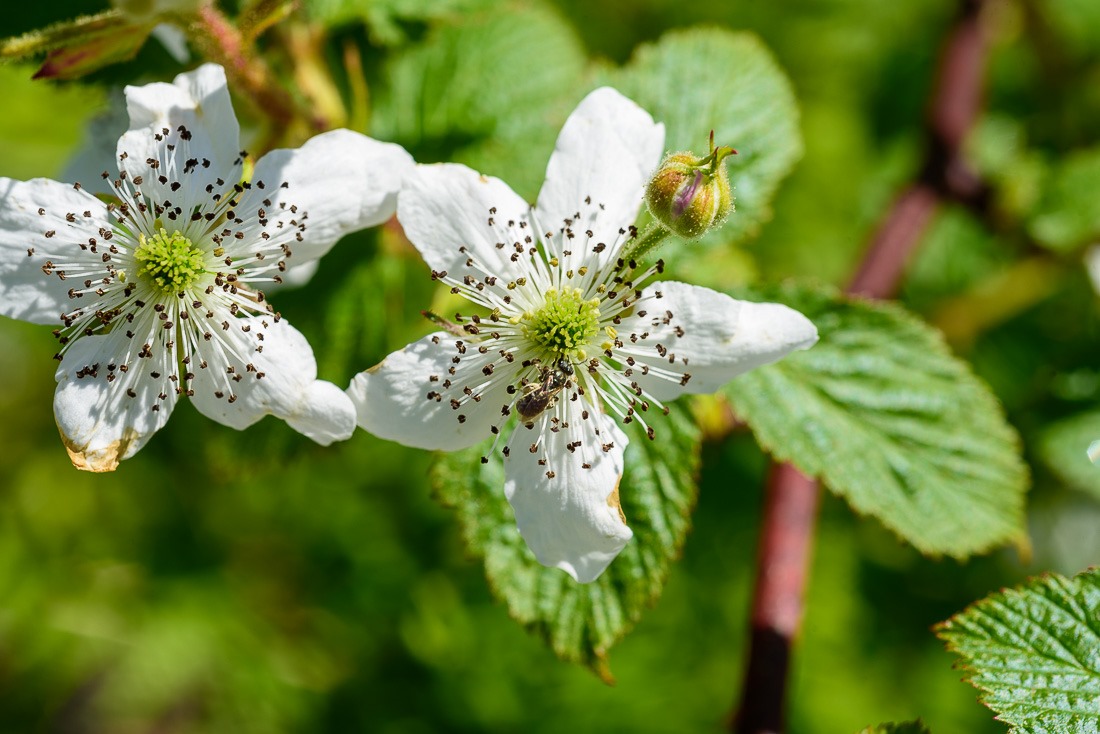
Blackberry
At first, the new blossoms on the trees and bushes. Easy targets, as they stand out as much as the birds did a few weeks before. With a bit of luck, the wind is absent and you can focus properly on the petals. Even luckier if you find a foraging insect on them as well.
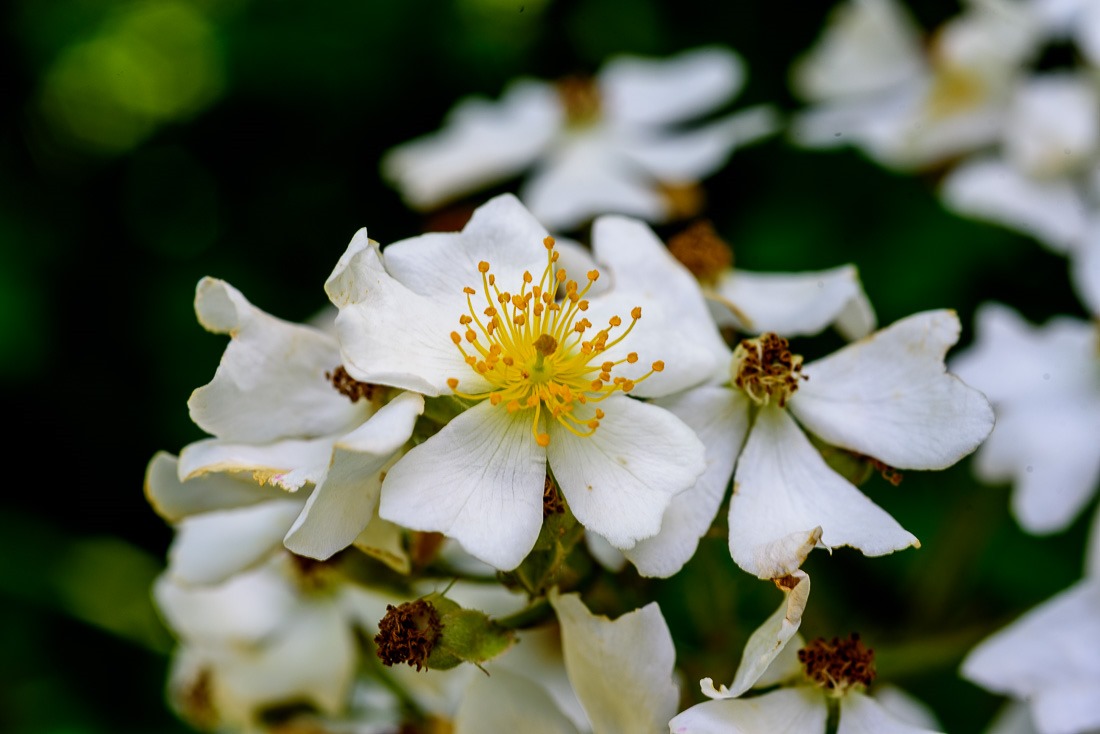
Apple blossom
The trees are blossoming, the low branches are your primary target but they don’t last long. By now, some windy days in the beginning of the summer have taken care of everything you have come to love to shoot.
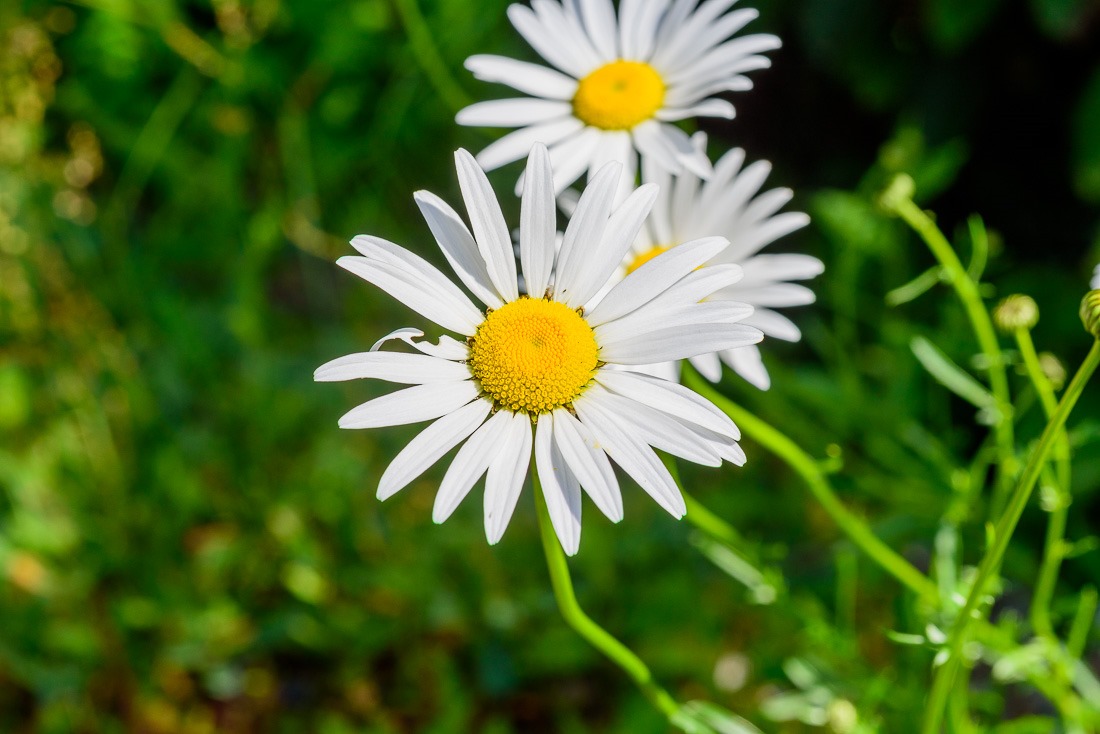
Daisy
Despair sets in until you spot another series of flowers: weeds! Another round of photos in view. At first, you only find the white/colourful weeds, but after a while you even concentrate on the tiny stuff.
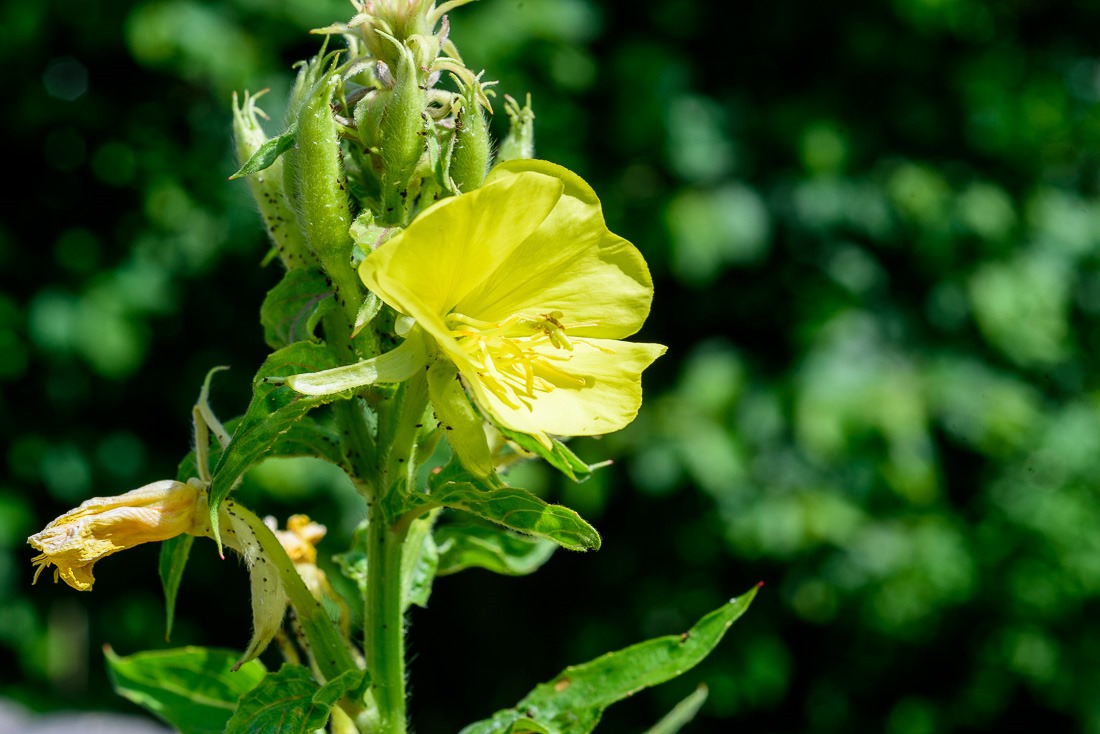
Evening Primrose with tiny insects
So tiny that you need glasses to see what is there. On a calm day, there is lots to see. You start to look like an eccentric, always in the same area with the same camera, looking at something no ordinary human would look at. People will start to talk behind their hands. When you come home, you see that the flower you shot is full of insects.
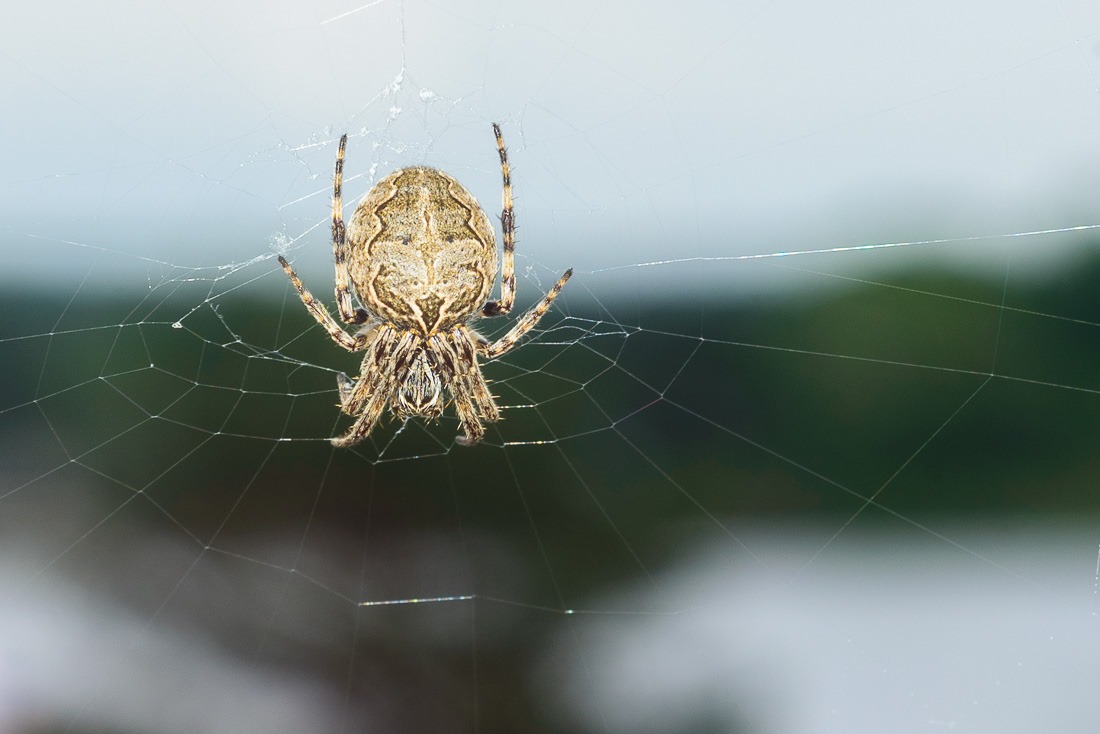
Cross Spider
Hey! Insects! They would be great to shoot as well, right? So you go out some more with your macro lens to see what you can find in the insect world. For myself, the first ones I shot were the huge spiders around my house, keeping it clear of mosquitoes and other nuisances. And, no, I didn’t say that spiders are insects… ![]()
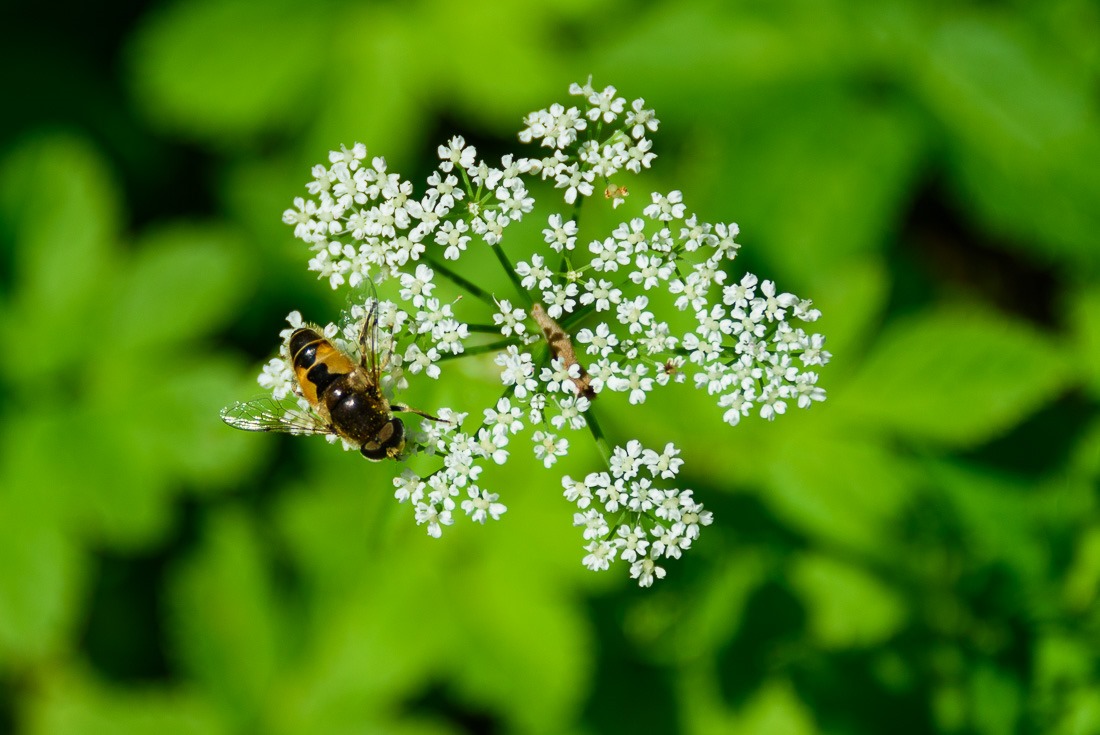
Drone Fly on Goutweed
You shoot the imposters, the ones that pretend to be who they are not. This Drone Fly, for example. It pretends to be a bee and as such will not likely be eaten by birds. Plenty of insects around, including the ones that see you as a potential meal. Or at least as a source of protein.
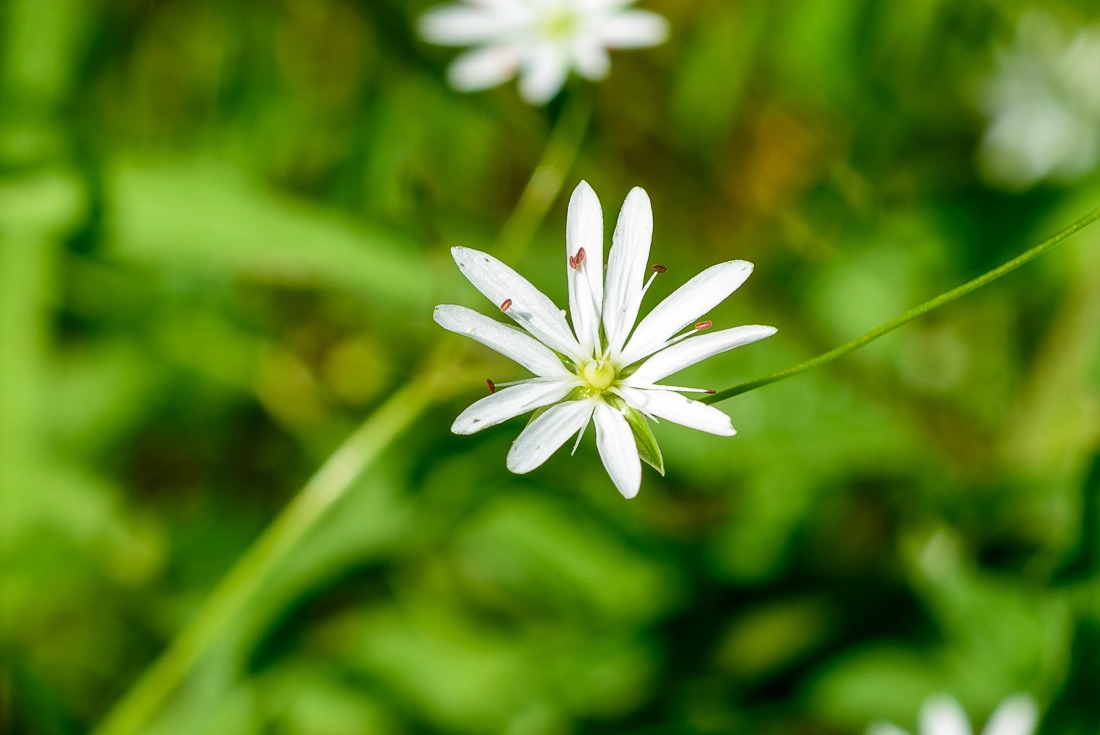
Lesser Stitchwort
They get overwhelming, the longer you stay to photograph things, the hungrier they get it seems. So you take one last shot of a weed, the need for insects all gone by now and you head home. Now is the time to identify all the subjects you shot. No use having an encyclopedia with you on the trail, it would distract you from photography. Phone apps are notorious for showing the wrong results, if you can see anything at all in the bright sunlight.
Now you are waiting for the next subject series to show up.
Does this sound familiar to you, photographers, out there?
Until next time…
